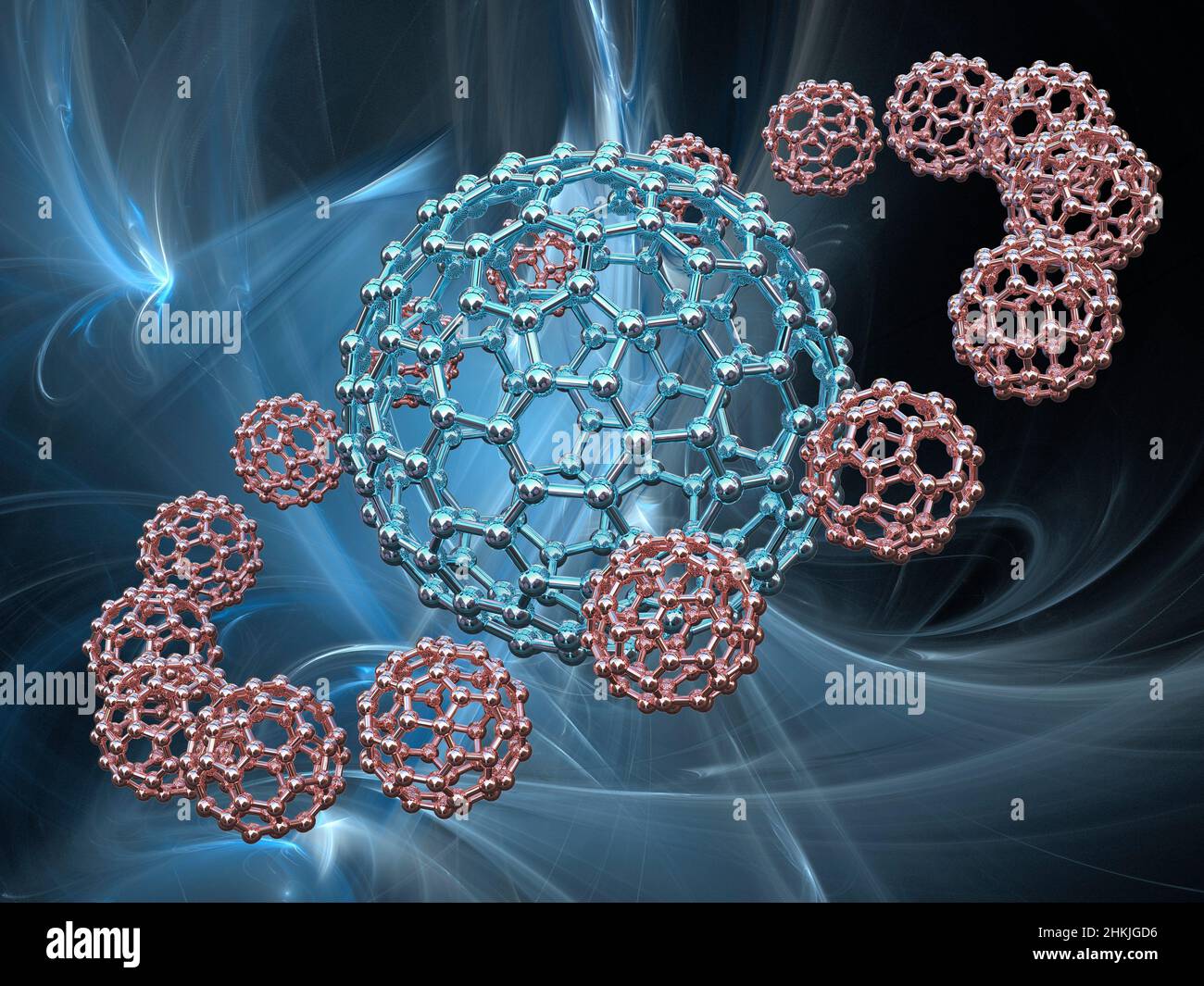The notion of molecular memory presents an intriguing conceptual framework that invites inquiry into the fundamental nature of matter and its capacity for information retention. Buckyballs, or buckminsterfullerenes, composed of 60 carbon atoms arranged in a spherical formation reminiscent of a soccer ball, serve as a fascinating case study within the field of nanotechnology and molecular science. This article embarks on an exploration of whether molecules, particularly buckyballs, can exhibit properties akin to memory.
At the heart of this inquiry lies the playful yet profound question: Can molecules ‘remember’? In the traditional sense, memory is often associated with biological organisms, where neural structures encode and retrieve information through complex biochemical processes. However, if we expand our definition of memory to include the capacity to retain and respond to information over time, it beckons us to examine molecular interactions and dynamics more closely. This conceptual leap invites a radical re-evaluation of how we perceive memory, potentially extending the dialogue into the realm of materials science.
Buckyballs, with their symmetrical molecular architecture, possess unique physical and chemical properties that provide fertile ground for investigating molecular memory. The distinct arrangement of carbon atoms confers upon them remarkable stability and a propensity for forming various derivatives through chemical reactions. This property raises the question: Could the outcome of these reactions be interpreted as a form of ‘memory’? For instance, when buckyballs interact with other molecules or undergo structural changes due to external stimuli, does the information of that interaction affect their future behavior?
To delve further into this inquiry, it is essential to consider how molecular interactions can indeed reflect a context of memory. The concept of ‘molecular memory’ can be tightly linked to the idea of physical states and phase transitions. For instance, certain experimental setups utilize polymers that demonstrate hysteresis, a phenomenon wherein the system exhibits different states based on its history. In analogous fashion, if one considers buckyballs engaging in reactions that leave residual modifications in their electronic or structural configuration, could it not be posited that such states convey a form of associative memory—where past interactions lead to predictable future behaviors?
In conjunction with this examination of physical memory, the role of quantum mechanics adds a layer of complexity to the discussion. Quantum entanglement—the phenomenon where particles become interconnected such that the state of one can instantaneously influence the other, regardless of distance—could provide insights into the communication and information encoding capacities of molecules. Buckyballs, due to their inherent symmetry and characteristics, may exhibit entangled states under certain conditions. The exploration of this phenomenon could lead to the idea that molecular states may embody a memory-like quality, whereby previous interactions are ‘remembered’ through entangled relationships.
Moreover, the concept of dynamic molecular networks introduces another dimension to understanding molecular memory. Consider, for instance, a system composed of buckyballs arranged within a matrix of other materials. These structures may undergo reversible transitions, displaying properties akin to memory in the context of molecular recognition and self-assembly. This brings us to the crux of the challenge: how do we quantify or measure such memory in molecular systems? Current methodologies rely heavily on spectroscopic techniques and computational models to extrapolate the behaviors of these materials. However, refining these processes to extract a coherent narrative of molecular memory remains a significant endeavor in the field.
Compounding the intricacies of molecular memory, the integration of artificial intelligence (AI) and machine learning (ML) into molecular science presents a transformative opportunity. By employing algorithms capable of sifting through extensive datasets generated by buckyball interactions, researchers can establish correlations and predict patterns that may analogous to a memory-like processing system. Treating molecular interactions akin to data points could provide a robust framework for understanding how buckyballs might function within memory-like constructs.
Nevertheless, while the concept of molecular memory enthralls researchers, it simultaneously surfaces a multitude of ethical considerations. The potential applications of engineered molecular systems with memory capabilities span numerous industries, from pharmaceuticals to materials engineering. However, this evokes questions about manipulation and control of fundamental building blocks of matter. What ethical standards should guide research in molecular memory? How do we ensure that the deployment of such technologies does not elicit unintended consequences in environmental or human health contexts?
In conclusion, the proposition that buckyballs may possess memory-like properties not only challenges conventional understanding of memory but also compels a deeper investigation into the interplay between molecular structures and their environments. Such explorations pave the way for innovation in material sciences, quantum computing, and beyond. However, the journey is complex, peppered with scientific dilemmas, ethical queries, and the tantalizing possibility of unlocking the secrets held within the molecular realm. As research continues to unfurl the layers surrounding buckyballs and other molecular systems, the enticing question remains: Can matter, in its intricate and diverse forms, truly remember?












